



Navigate Dubai's real estate market effortlessly with Roots Land. Our expert team guarantees a streamlined buying experience tailored to your requirements. Find your dream property today!
Read moreExperience seamless renting in Dubai with Roots Land. Our expert team offers tailored solutions for your rental needs. Find your perfect property today!
Read moreIndulge in luxury living in Dubai with Roots Land. Our expert team ensures a seamless experience tailored to your opulent lifestyle. Find your dream luxury property with us!
Read moreRoots Land Real Estate, Dubai's trusted real estate leader since 2007. offers comprehensive services in buying, selling, renting, valuations, market research, and conveyancing. Trust us for all your real estate needs in Dubai.
Read more
